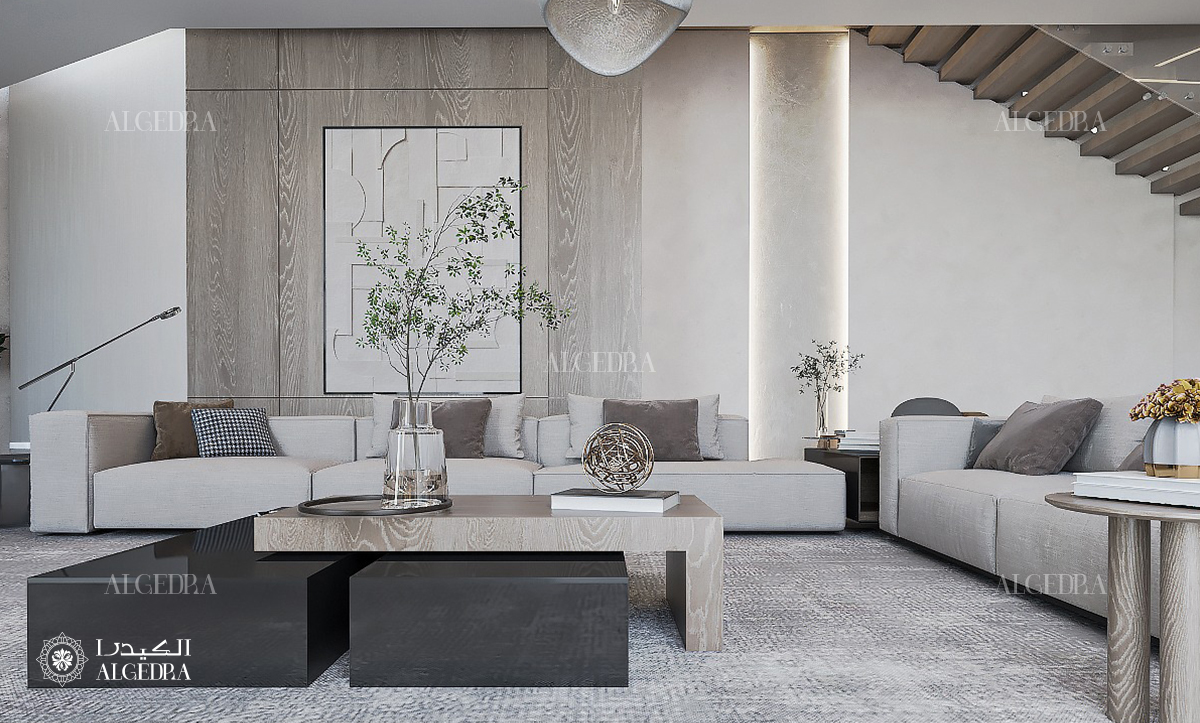Dubai’s meteoric rise from a village to a global metropolis is mirrored in its dynamic interior design narrative. This comprehensive exploration delves deep into Dubai's design progression, encapsulating distinct styles, pioneering innovations, and the luminaries sculpting its design legacy.
Recognizing the catalysts behind this evolution offers insights into the future of interior design in the Middle Eastern jewel.
In a span of just a few decades, Dubai has emerged as a place of modernity and innovation. Mirroring its skyline, which seamlessly melds modern skyscrapers with traditional architecture, Dubai’s interior design approach has evolved, showcasing a unique blend of the traditional and the contemporary.
1. Historical Foundations: Bedouin Beginnings to Trade Triumphs
The roots of Dubai's design approach lie deeply embedded in its nomadic past and prosperous trade routes.
1.1. Bedouin Inspirations
Nomadic Nuances: Mobile tents and their simplistic, functional design influenced early Emirati homes.

Desert Adaptations: Natural materials like palm fronds were used for insulation, laying the foundation for sustainable designs.
1.2. The Trade Tapestry
Persian Flourishes: Elaborate Persian carpets and art pieces accentuated the homes of affluent traders.
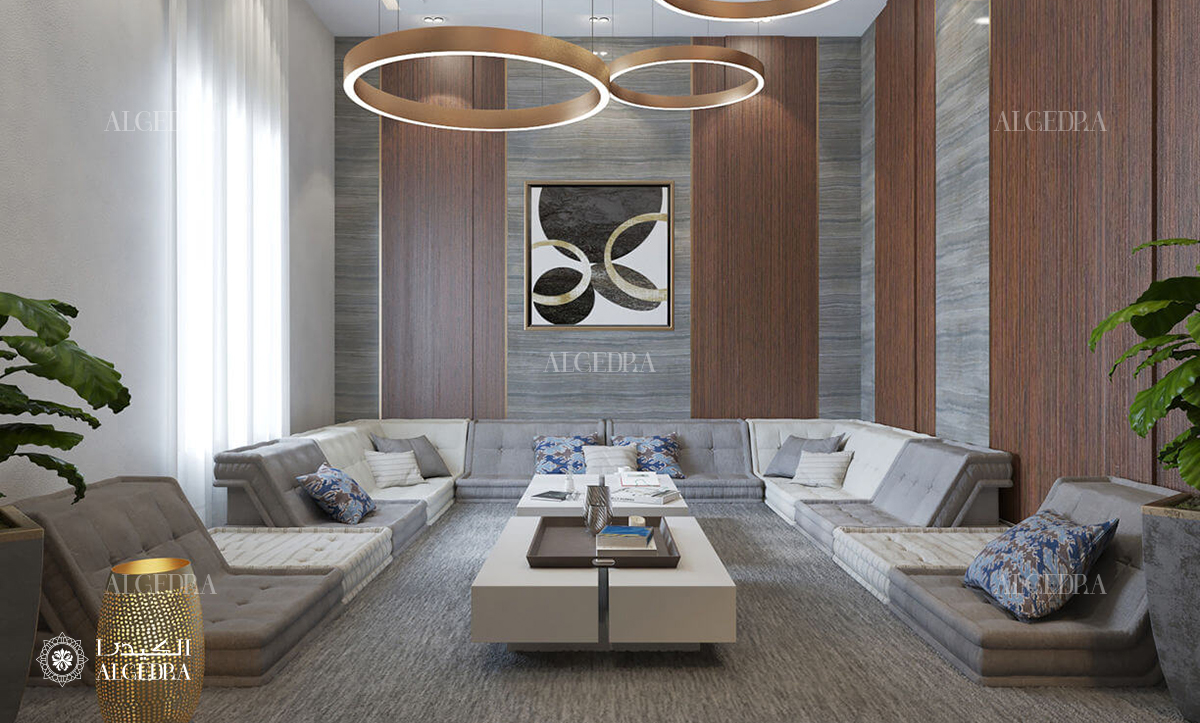
Indian Intricacies: Carved wooden panels and textiles brought a touch of subcontinental charm.
Chinese Chronicles: Ceramics and silk textiles from China enhanced the cosmopolitan nature of early Emirati interiors.
2. The Leap into Modernity: Oil’s Opulence and International Influences
Post the oil discovery, Dubai's interiors began reflecting its newfound prosperity and global connections.
2.1. European Elegance
Italian Affair: Italian marble floors and furnishings became popular symbols of luxury.
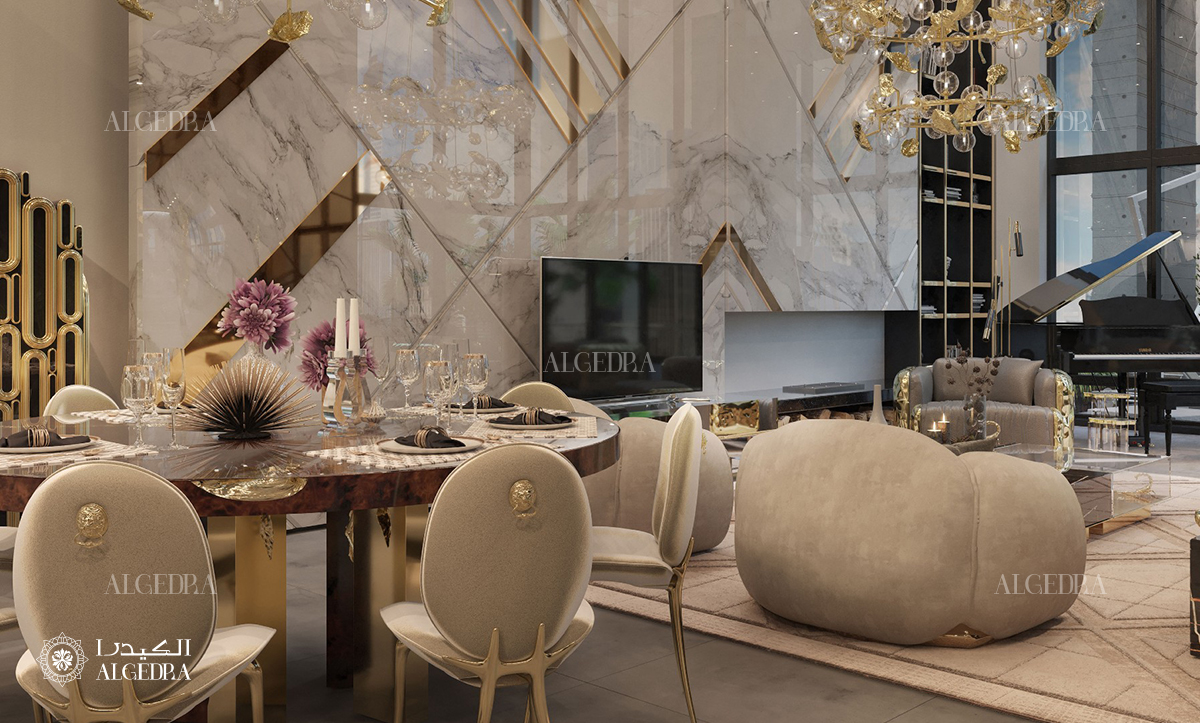
French Flair: Chandeliers and vintage French furnishings adorned the mansions of the elite.
Roman Grandeur: The penchant for large columns, frescoes, and Roman-styled baths became symbolic of opulence.

Baroque Brilliance: Ornate woodwork, gilded mirrors, and plush velvets reflected a French Renaissance aura.
2.2. Contemporary Convergences
American Modernism and Loft Living: Streamlined furniture and open-plan spaces reflected a Western design ethos, and exposed brick walls, industrial lighting, and open spaces signified the loft-style living.
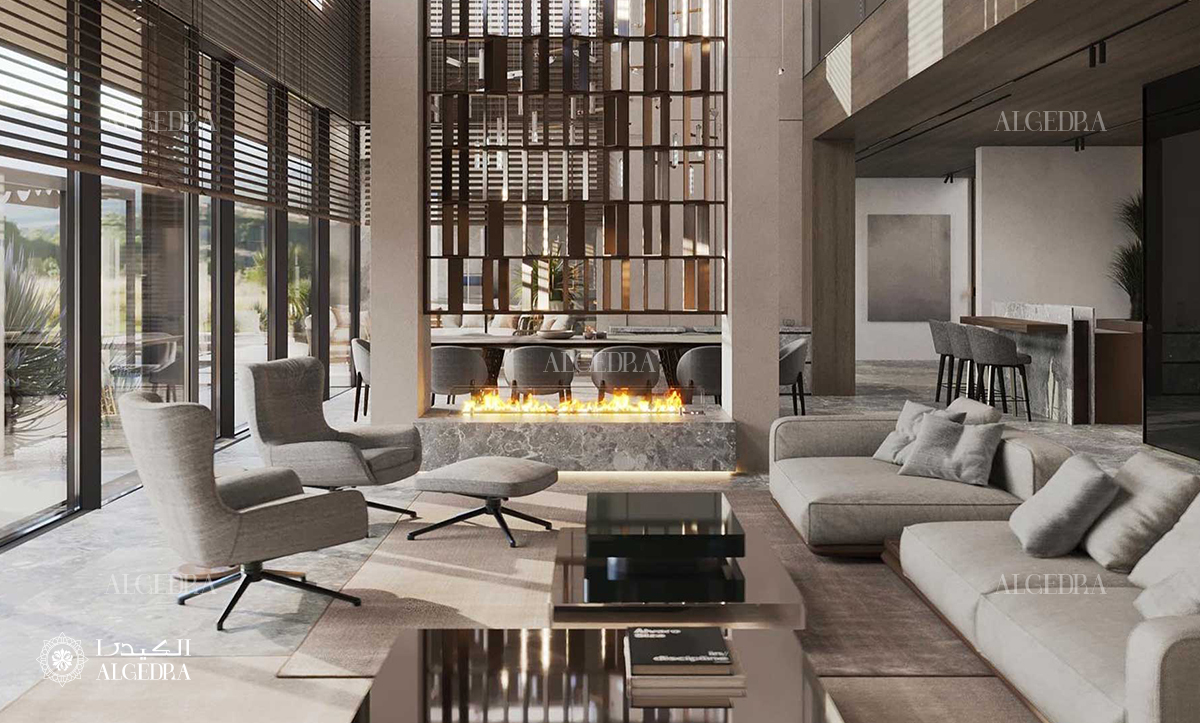
Asian Minimalism and Zen Spaces: Zen gardens, bonsai, and simplistic Asian aesthetics provided tranquility amid urban chaos, and the influence of Japanese Zen aesthetics resulted in minimalist, nature-inspired sanctuaries.
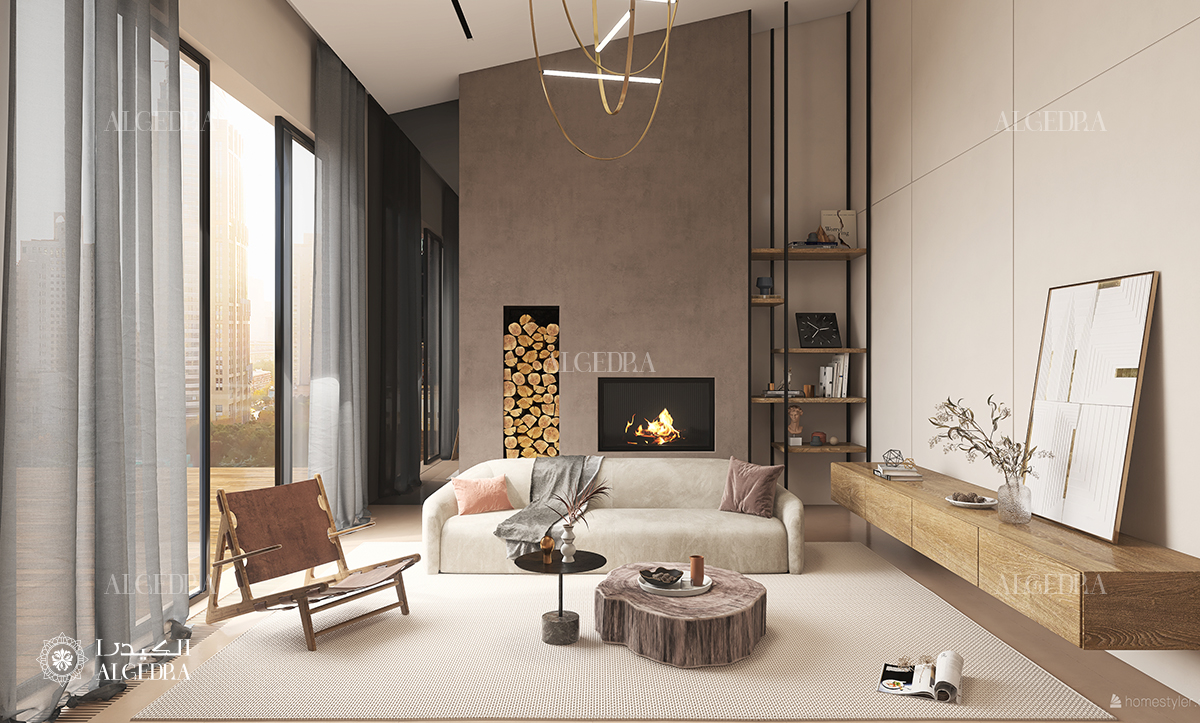
3. Pioneering Innovations: When Tradition Met Technology
Dubai's modern age witnessed an intertwining of traditional designs with groundbreaking innovations.
3.1. Sustainable Strokes
Eco-architecture: Buildings like the Sustainable City highlight eco-conscious architectural and interior designs.
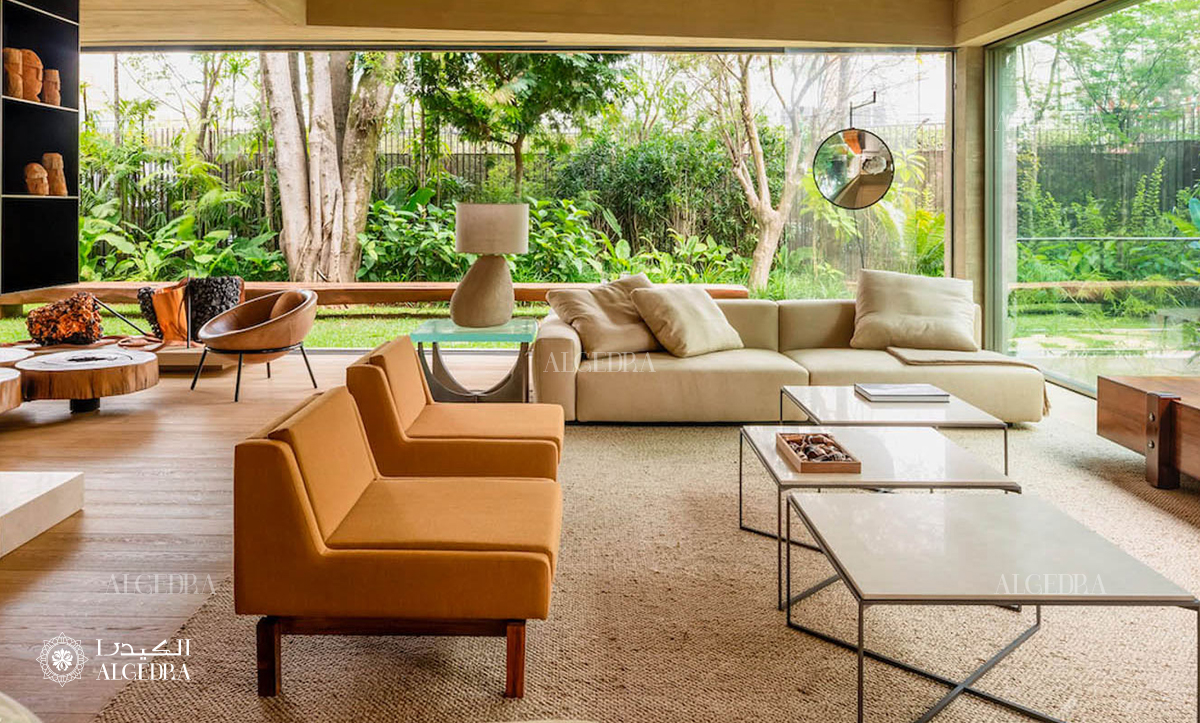
Recycled Materials: Repurposed woods and metals, and sustainable textiles like bamboo silk, gained prominence.
3.2. Tech-driven Trends
Smart Homes: Properties, especially in areas like Downtown Dubai, incorporated advanced home automation systems.
IoT in Interiors: Voice-controlled ambiance settings, mood-responsive lighting, and smart energy management systems redefined luxury living.
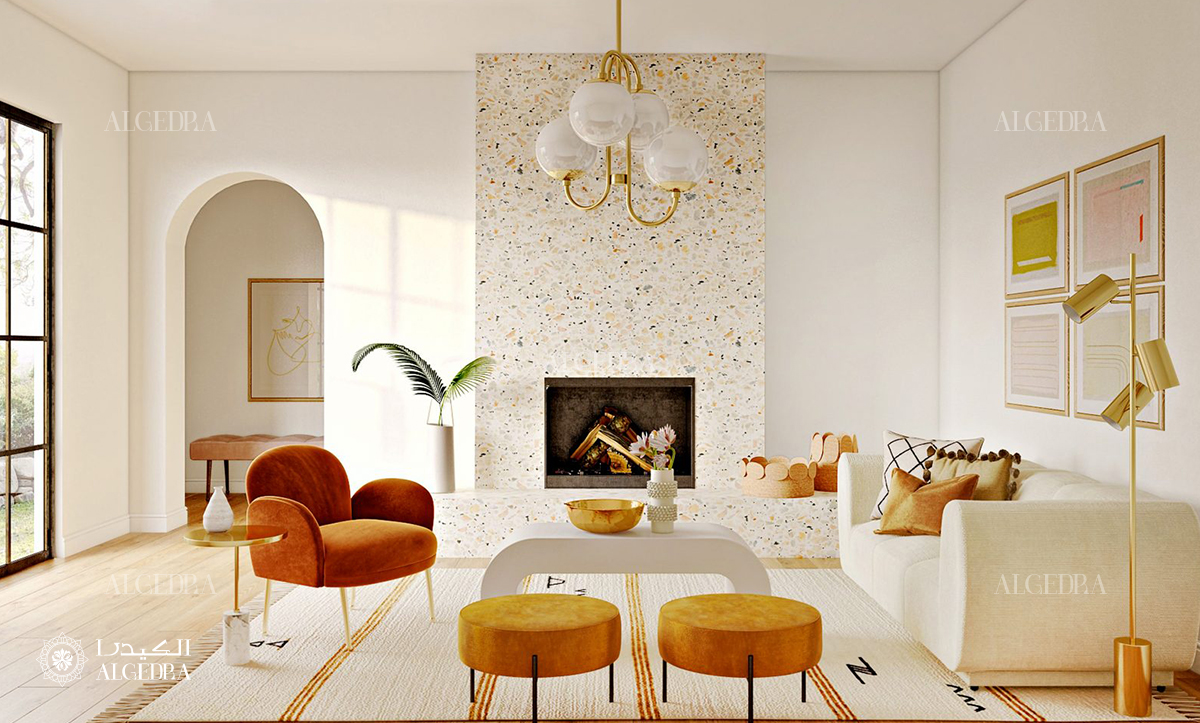
Augmented Reality: AR tools allowed homeowners to visualize interior design changes in real-time.
Virtual Interior Planning: Augmented reality allowed homeowners to try decor pieces, color schemes, and layouts virtually before finalizing.
4. 2023 - Deciphering the Design Code of the Future
As Dubai has stepped into 2023, certain design trajectories emerge more prominently.
4.1. Emirati Renaissance
Local Love: A surge in using Emirati motifs, textiles, and materials, reflecting a reconnection with roots.
Heritage Highlight: Emirati folklore, legends, and traditional motifs will find prominence in modern interiors.
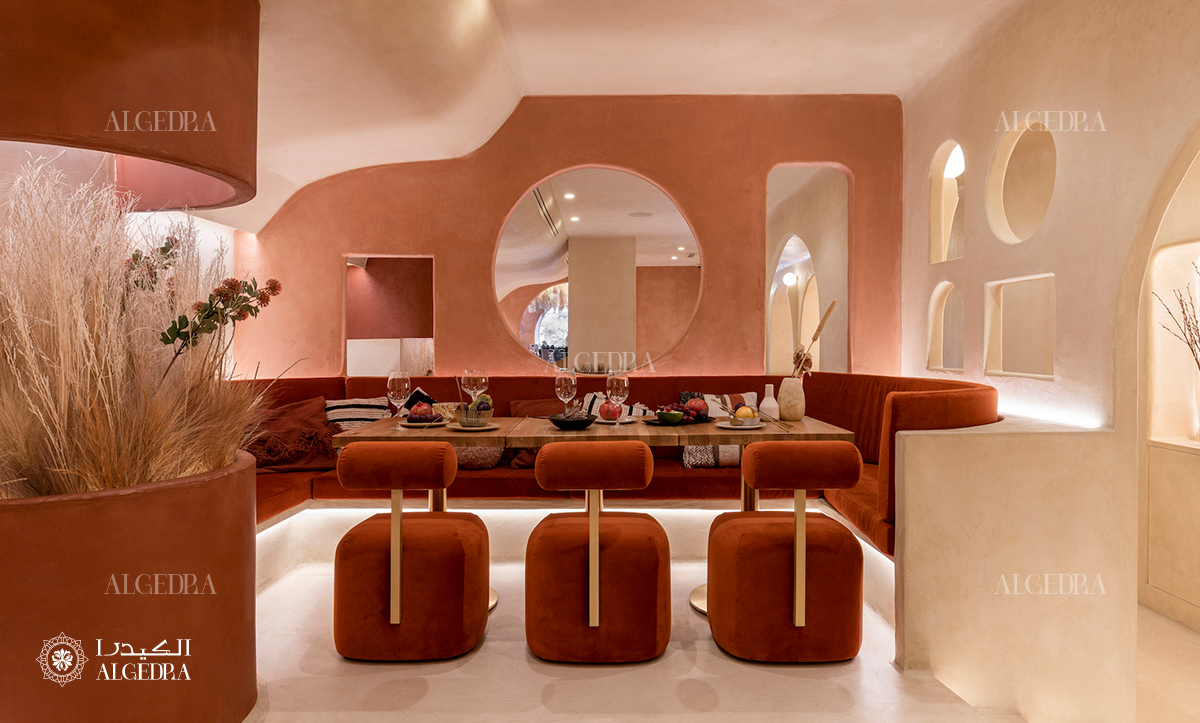
Craftsmanship: Artisans creating traditional 'Sadu' weaving or 'Khoos' palm leaf products might witness a revival in interior spaces, and handmade tiles, carvings, and traditional crafts will be celebrated anew.
4.2. Biophilic Designs
Nature Indoors: Beyond indoor plants, interiors will emphasize natural light, organic materials, and nature-inspired aesthetics.
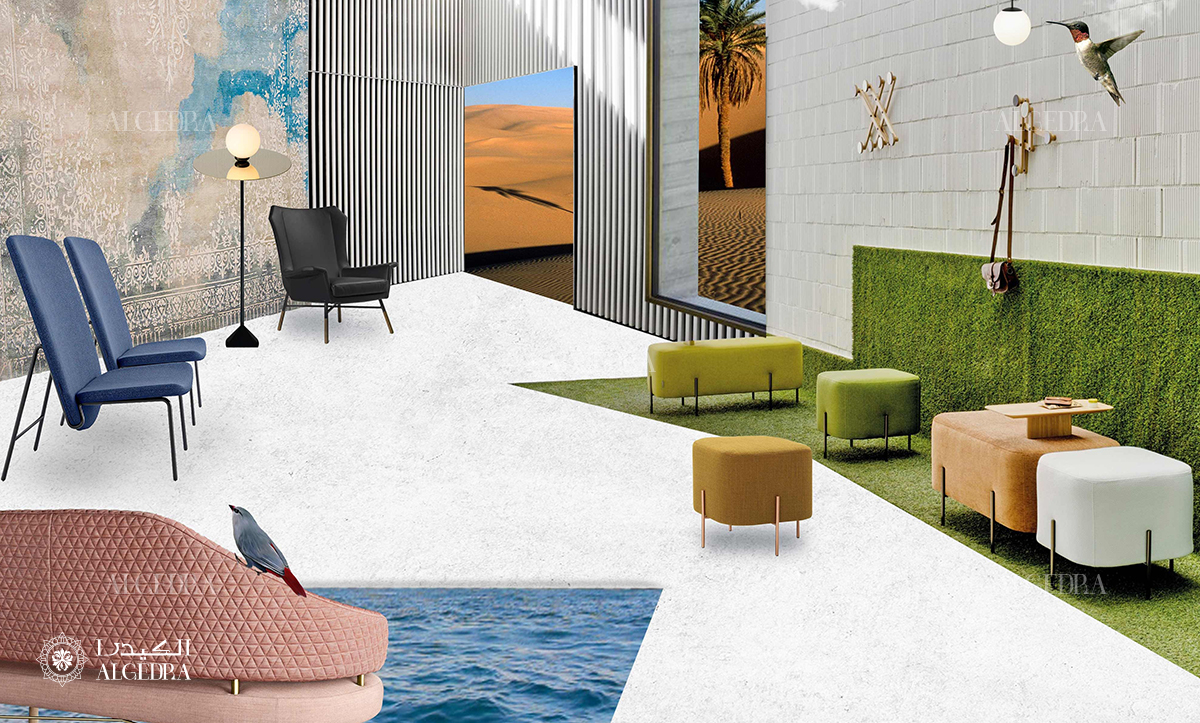
Wellness Architecture: Spaces promoting mental and physical well-being, integrating elements like water features, air purification, and therapeutic lighting.
4.3. Adaptive and Fluid Interiors
Space Fluidity: With work-from-home gaining permanence, the demarcation between living and working spaces is blurring.
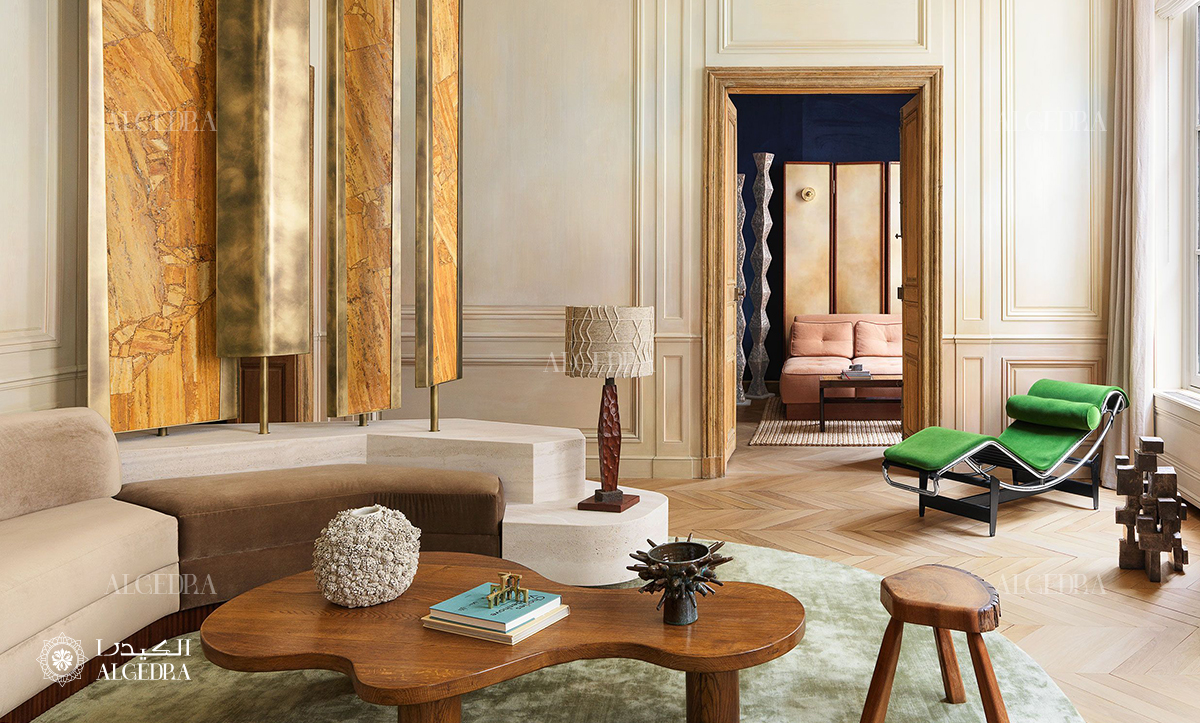
Modular Magic: Movable walls, foldable furniture, and multi-use spaces will cater to evolving needs.
5. Conclusion
The design tapestry of Dubai is a rich mosaic of its past, present, and future. As we analyze its trajectory in 2023, we realize that it isn't just about aesthetics, but also about how spaces tell tales, integrate innovations, and envision a future. Dubai's interior design evolution serves as an exemplar for global cities, showcasing how history and future can coalesce beautifully.
